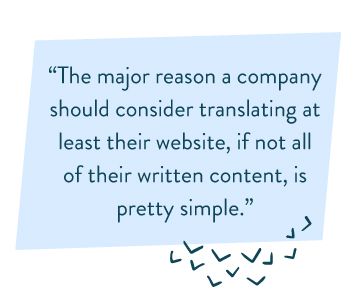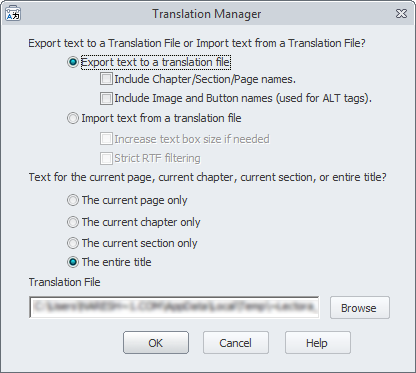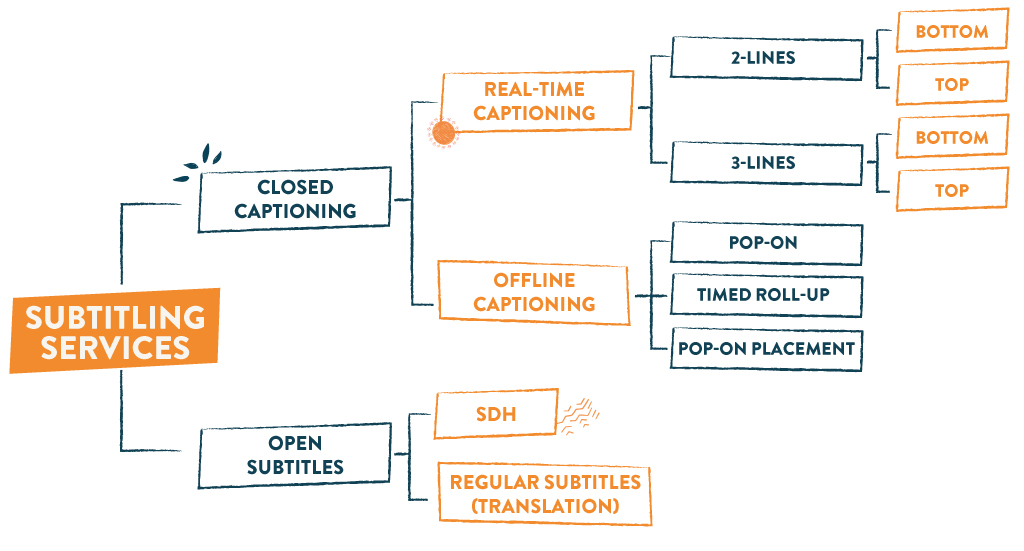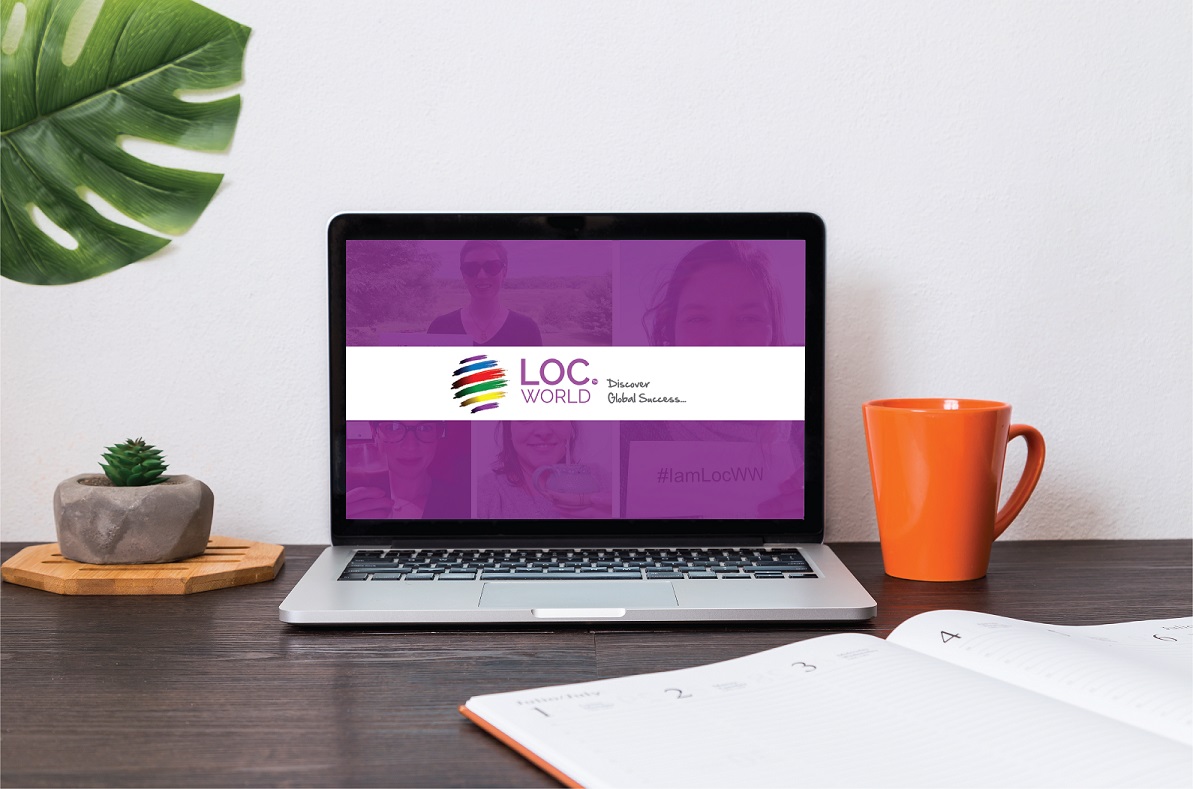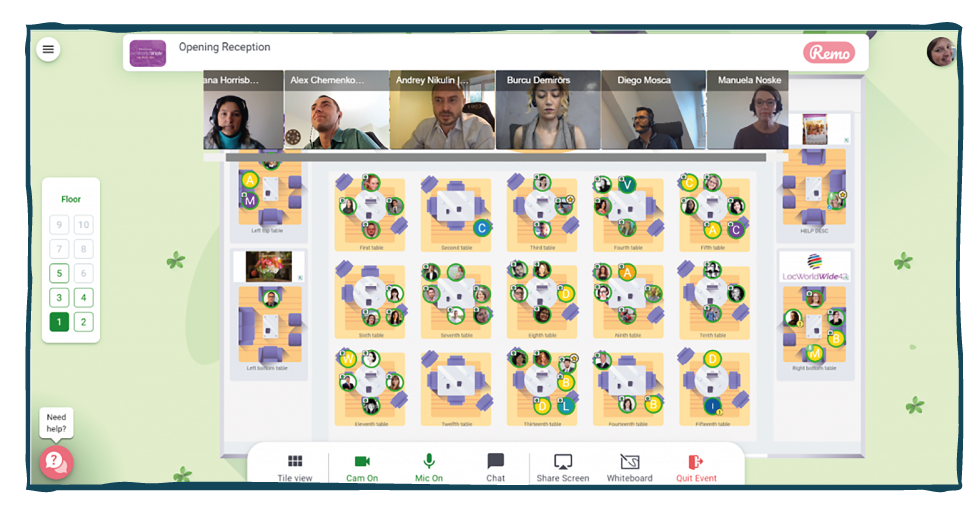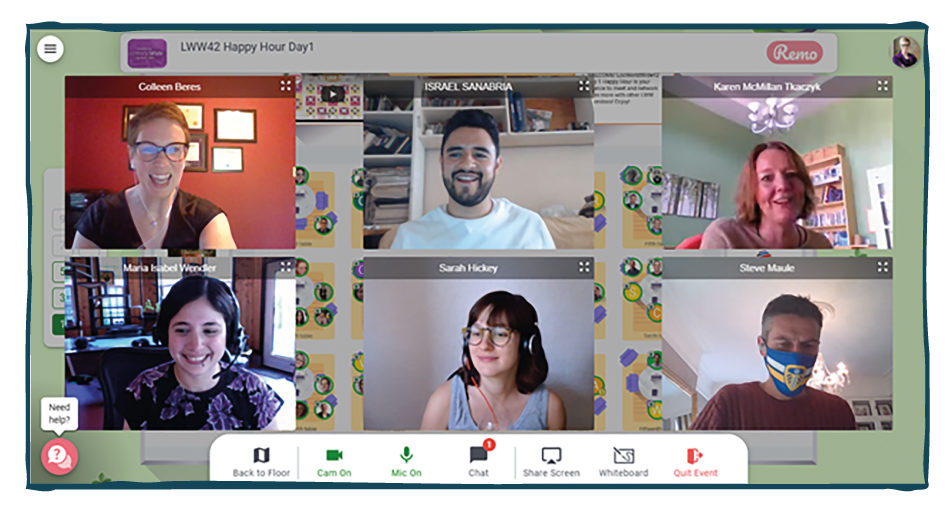If an apple a day keeps the doctor away, can it also keep the medical insurance claims away? Nobody enjoys paperwork, but medical insurance claims are a vital part of the healthcare system. If patients don’t want to pay out of pocket, and medical providers want to receive swift payment, it’s important that everyone works together to properly file these forms. There is one major roadblock insurance companies can encounter. This process can be disrupted without the proper translation of medical insurance claims.
What is a medical insurance claim form?

Medical insurance claim forms are necessary when a patient needs to request reimbursement or direct payment for any medical services they’ve obtained. Basically, they are of the utmost importance for making sure medical service providers get paid. In order for these payments to come from insurance companies, either the patient or the provider must submit the proper medical insurance claims. There are two options for submitting a medical insurance claim. The first option is generally the most convenient. The medical services provider will directly submit the claim for the patient to the insurance company electronically. Another option is for patients to personally fill out a health insurance claim form and send in the paperwork. Most insurance companies offer electronic forms that patients can download and submit online. This process more commonly occurs if the health service provider is not in a patient’s health insurance network and therefore can’t file a claim on their behalf.
What information does it contain?
The importance of the translation of medical insurance claims

The stakes are high when it comes to the translation of medical insurance claims. If a claim form is not in the native language of the claimant, there is always the possibility of misrepresentation on the insured’s part. Or, potentially, the misunderstanding on the insurance company’s part. Claim forms can be considered critical documents for health coverage access. Not providing translated claim forms in different languages can limit the ability of LEP speakers to properly complete their forms for claim processing. Mistakes can be made and misunderstandings can occur. Once the claim is filled out by the LEP speaker, the insurance company could require translation services to process it properly.
Insurance companies must comply with regulations regarding insurance forms, as many are considered to be critical documents. Critical documents that help obtain health insurance coverage or access to health care services can be required by state or federal law to be provided to the following people: qualified individuals, applicants, qualified employers, qualified employees, or enrollees. In most states, the top 15 languages spoken by the LEP populations of that state must be translated.
Generally, it’s vital that insurance companies act in good faith at all times in regard to the insurance policies they write. Insurance policies are contracts. Insurance companies must do their best to uphold these contracts, including providing the necessary translation of medical insurance claims to guarantee patients’ access to healthcare coverage.






